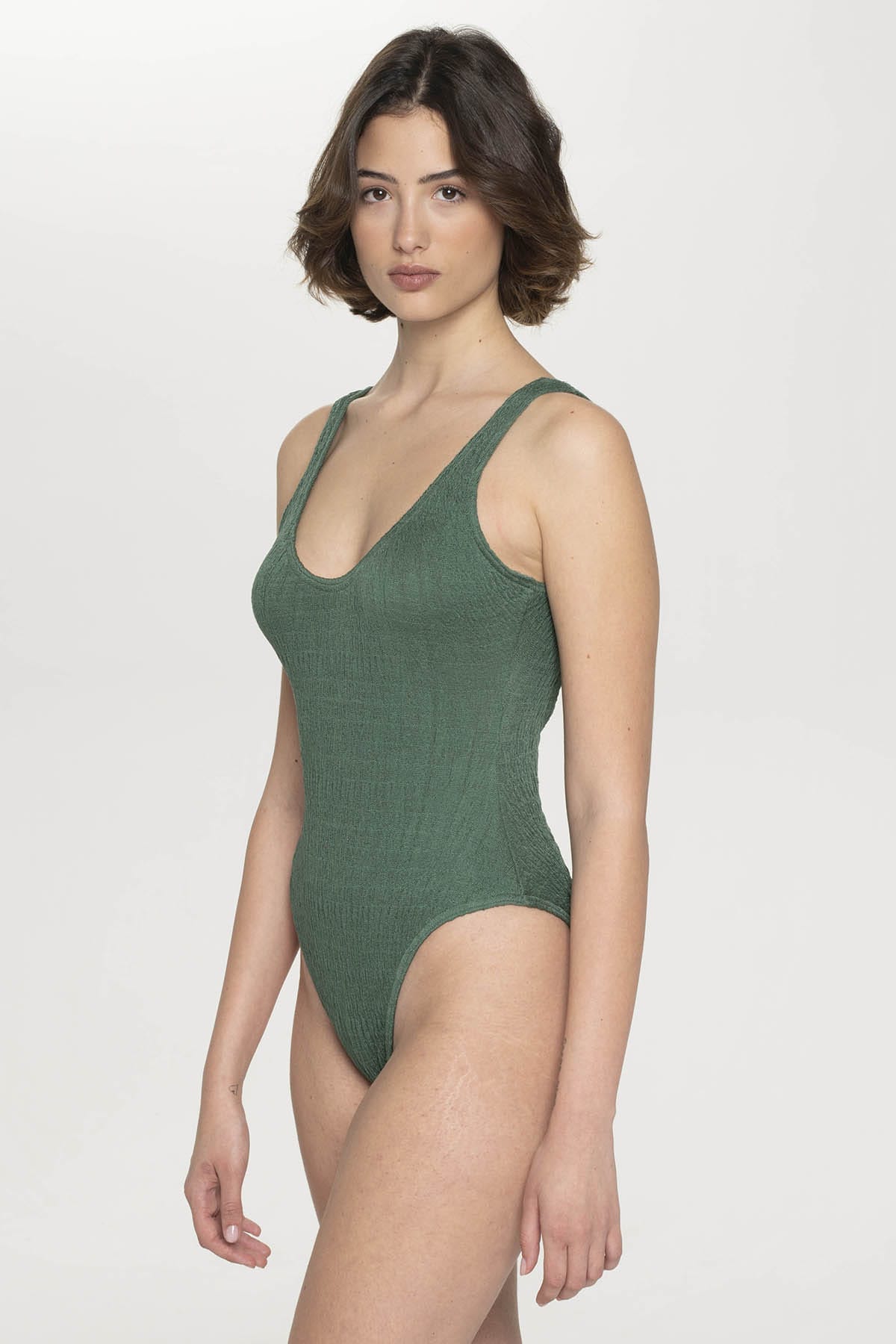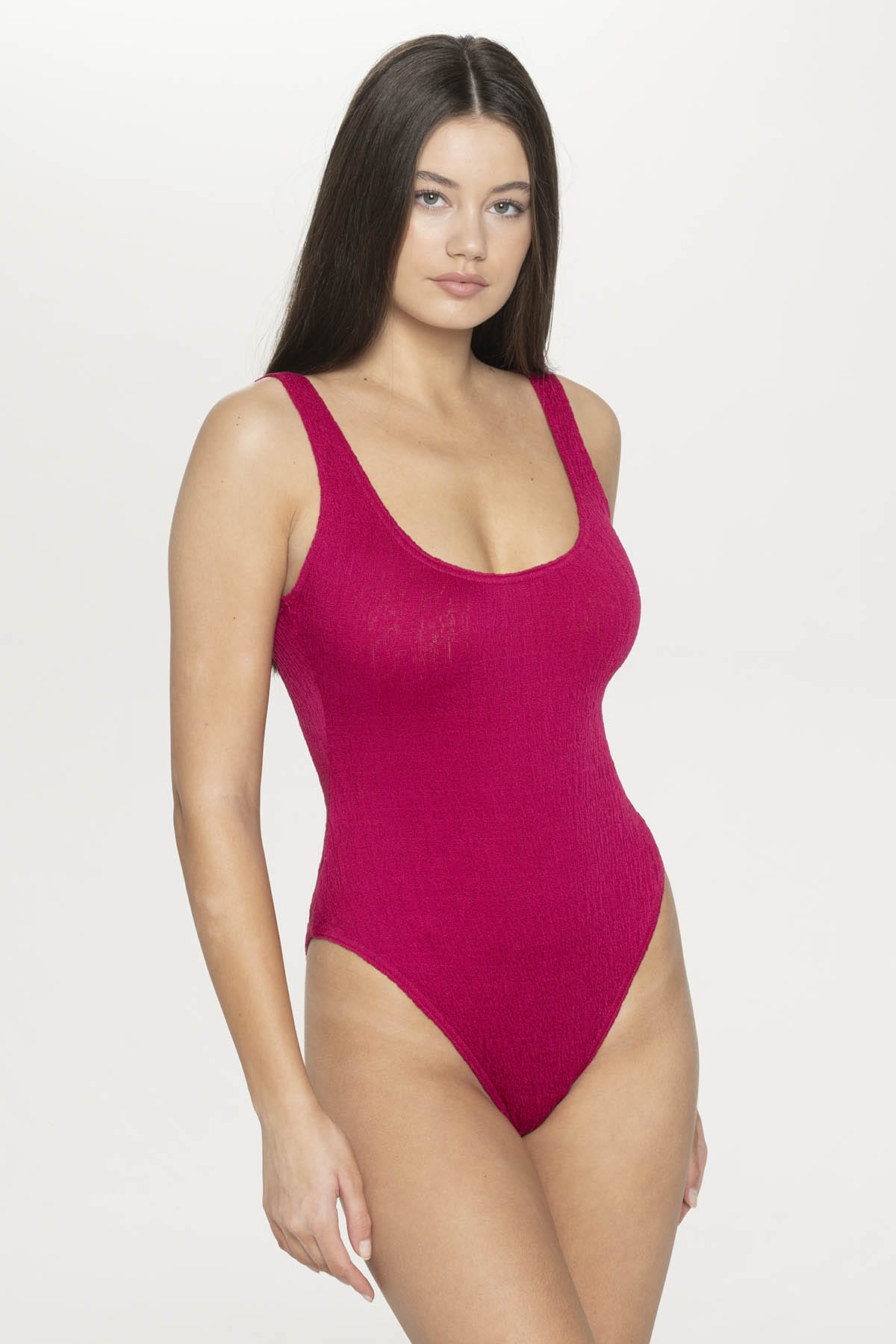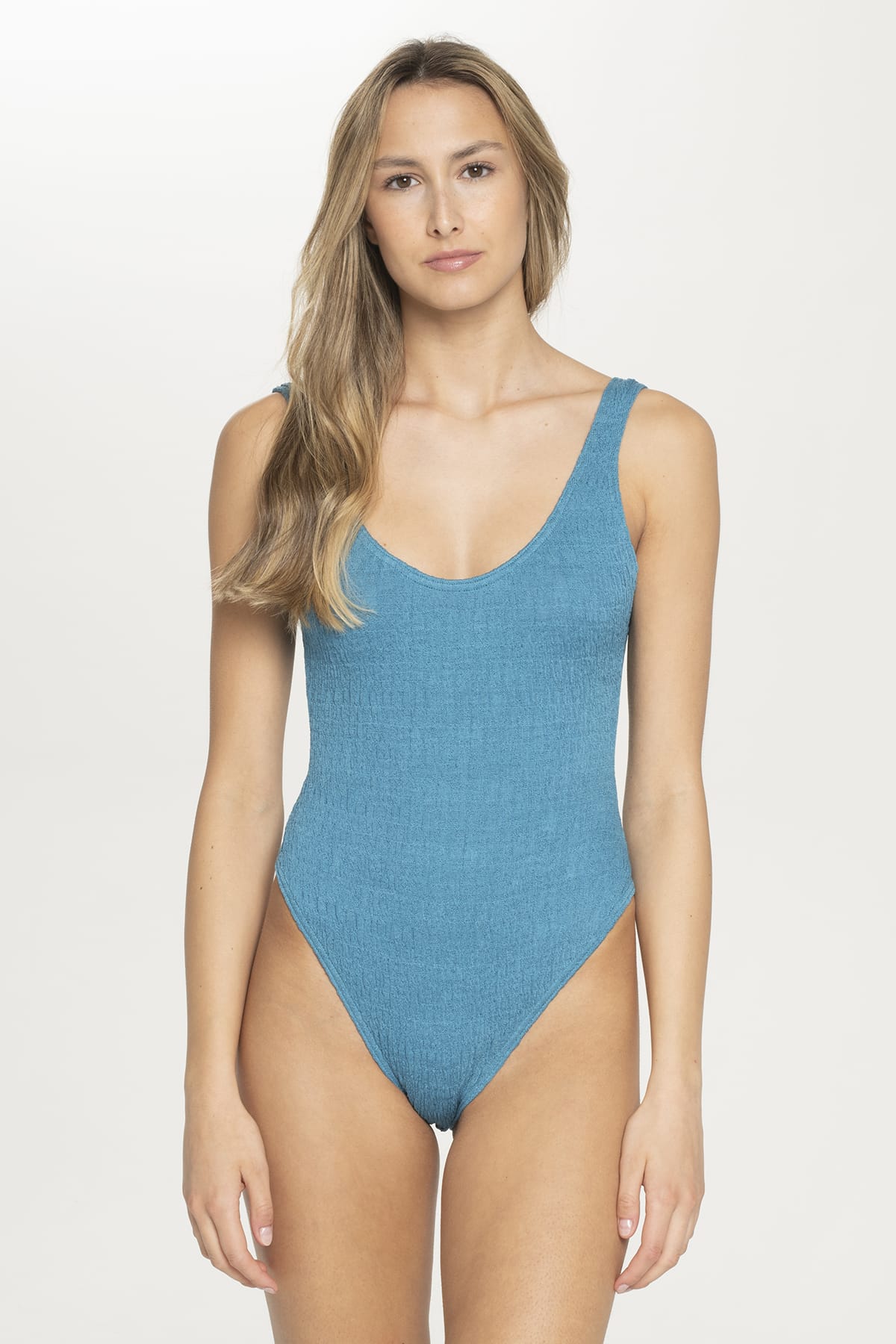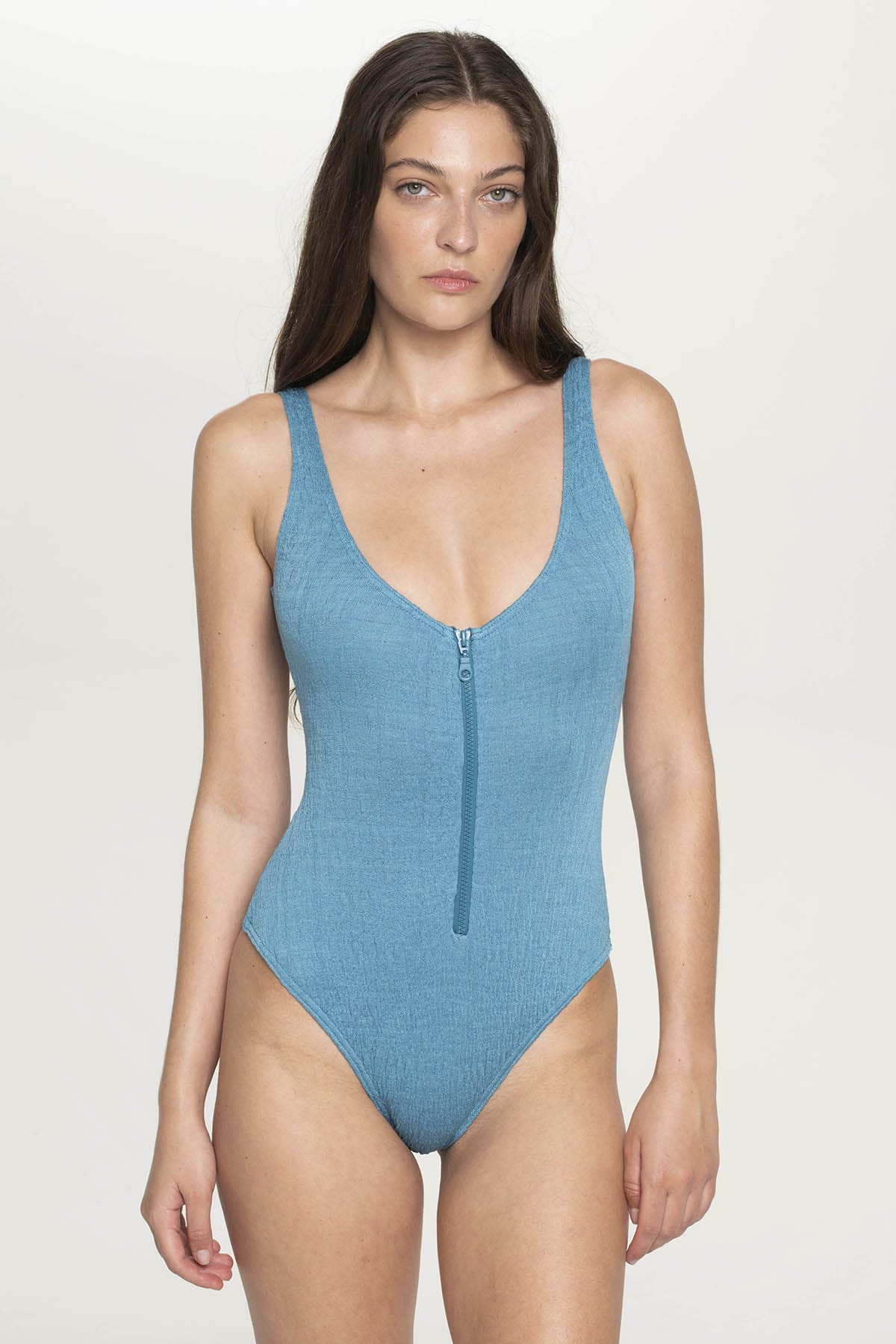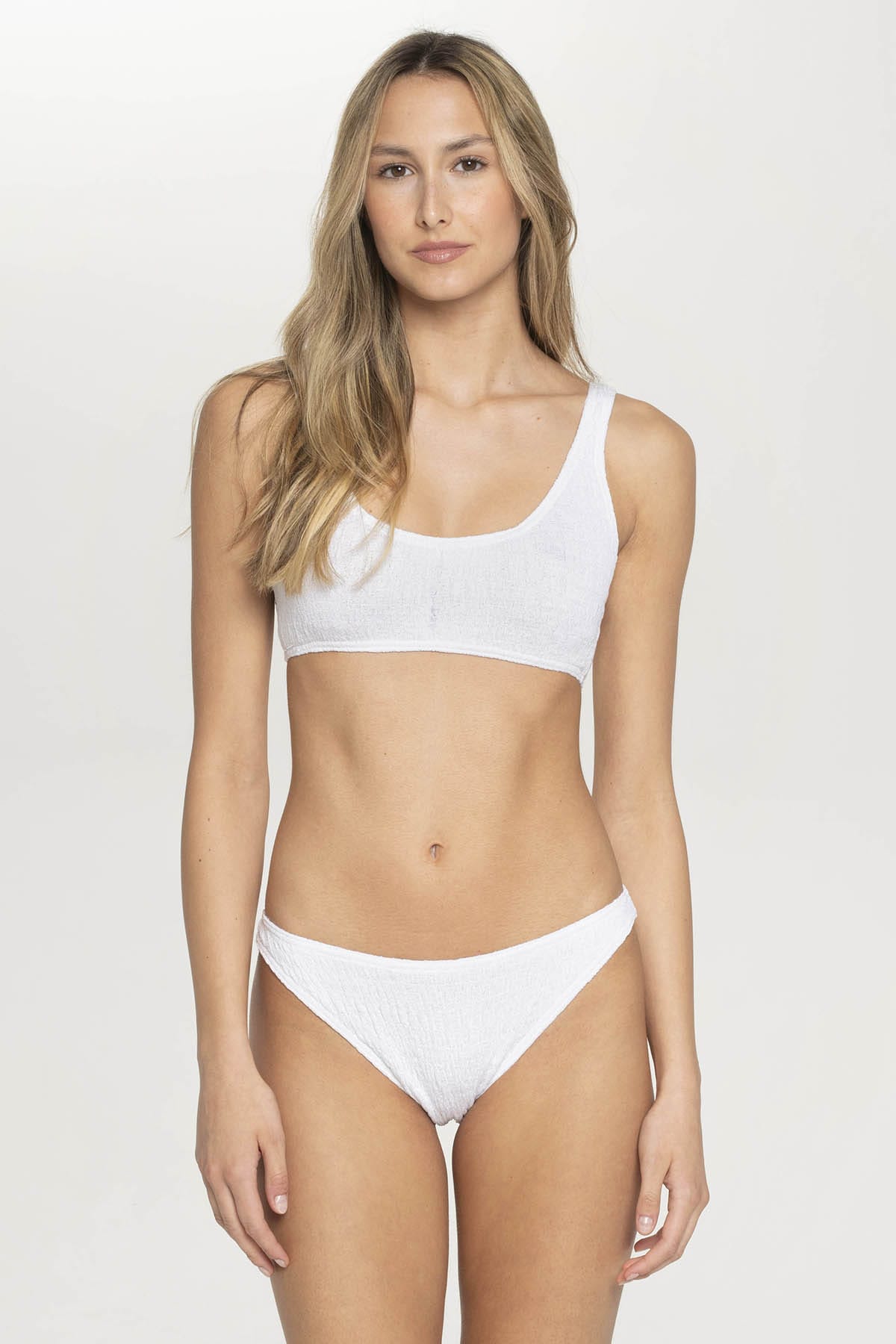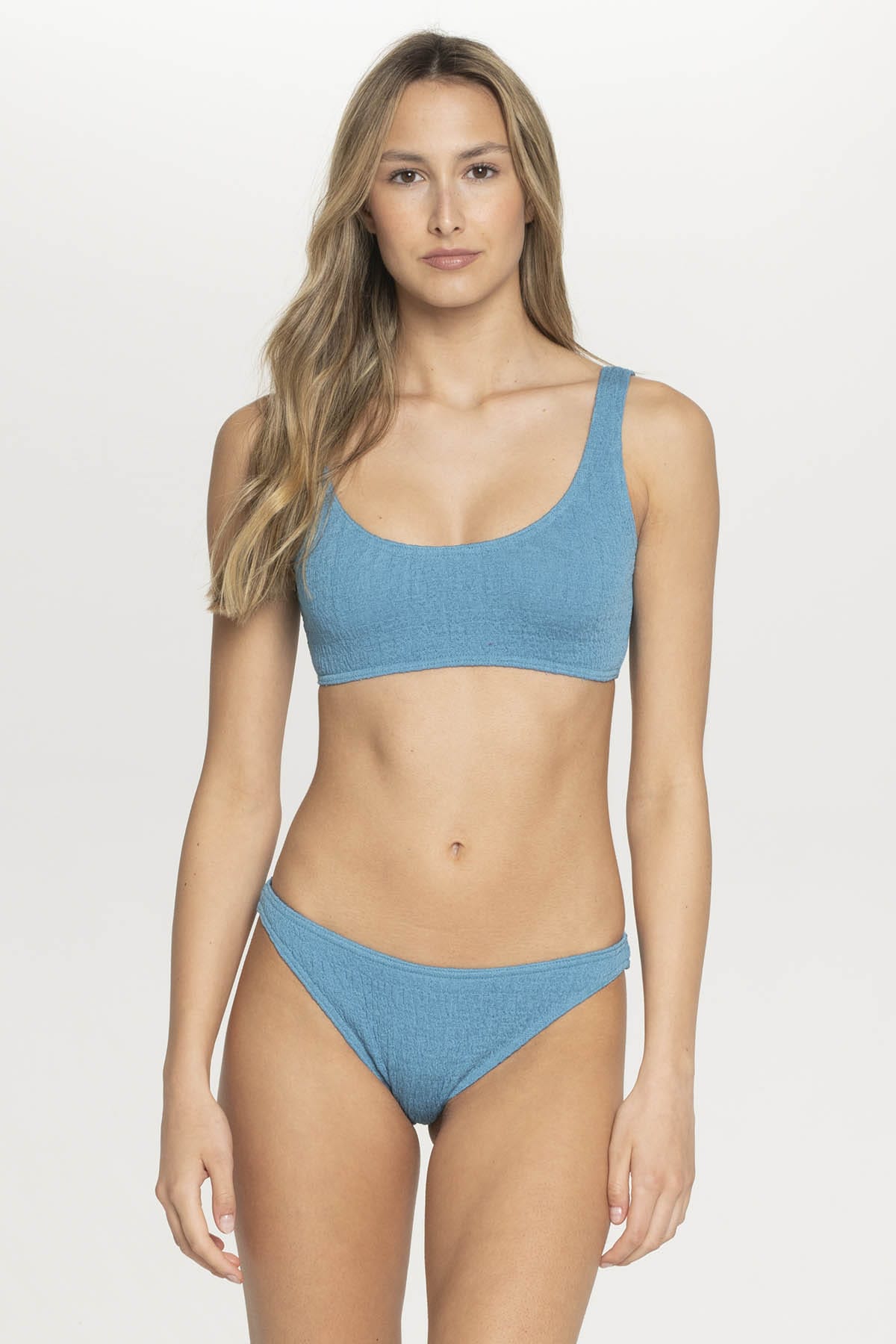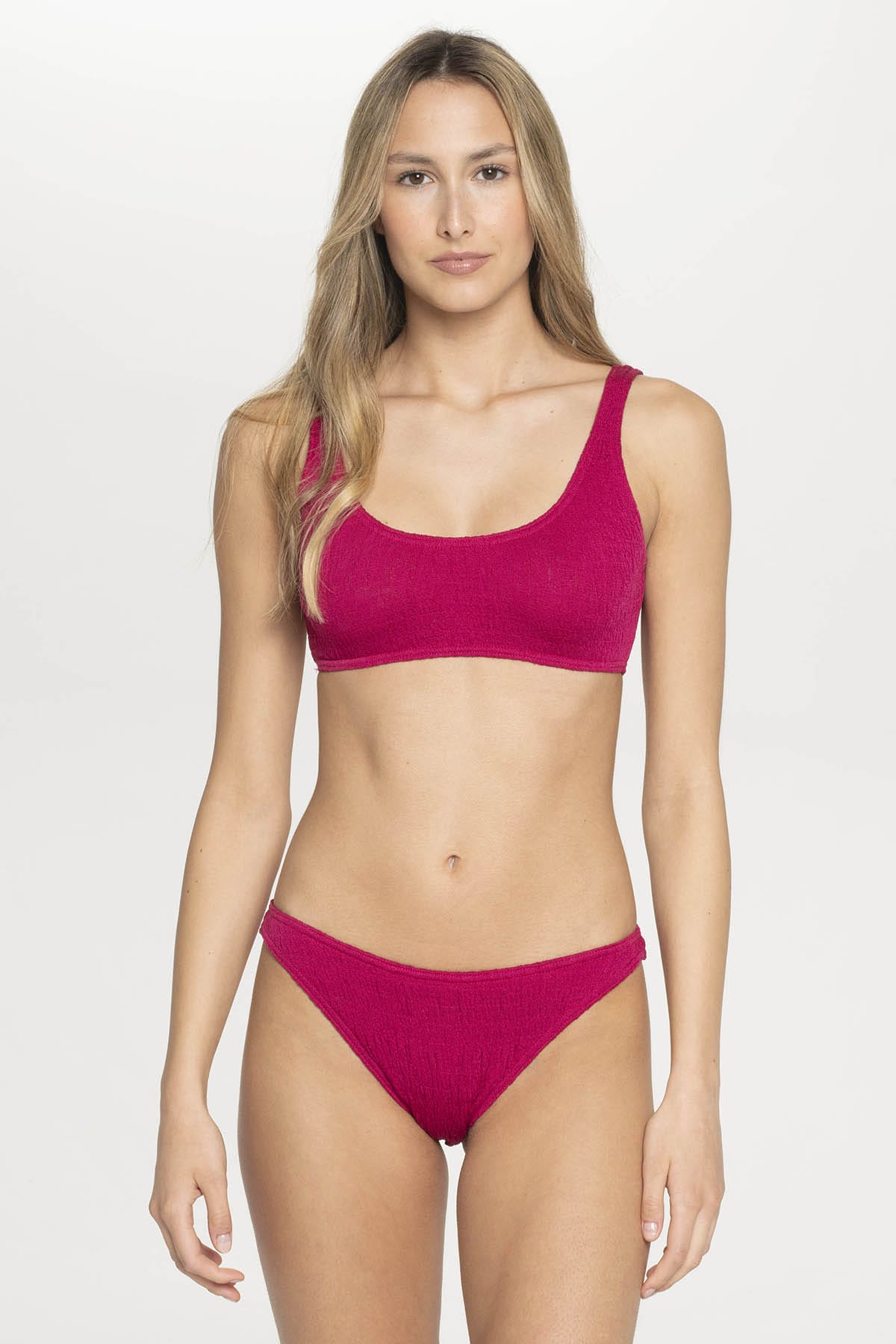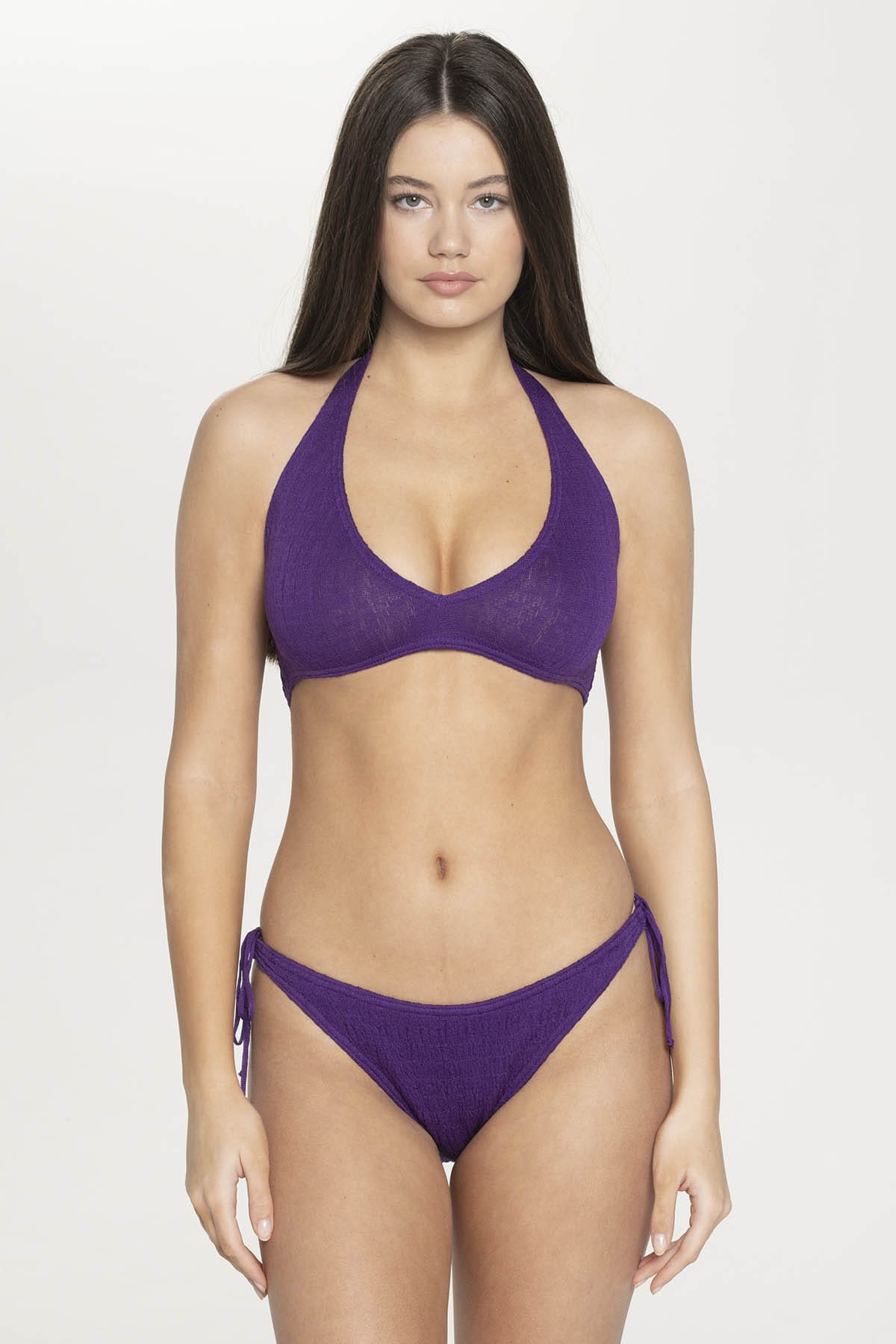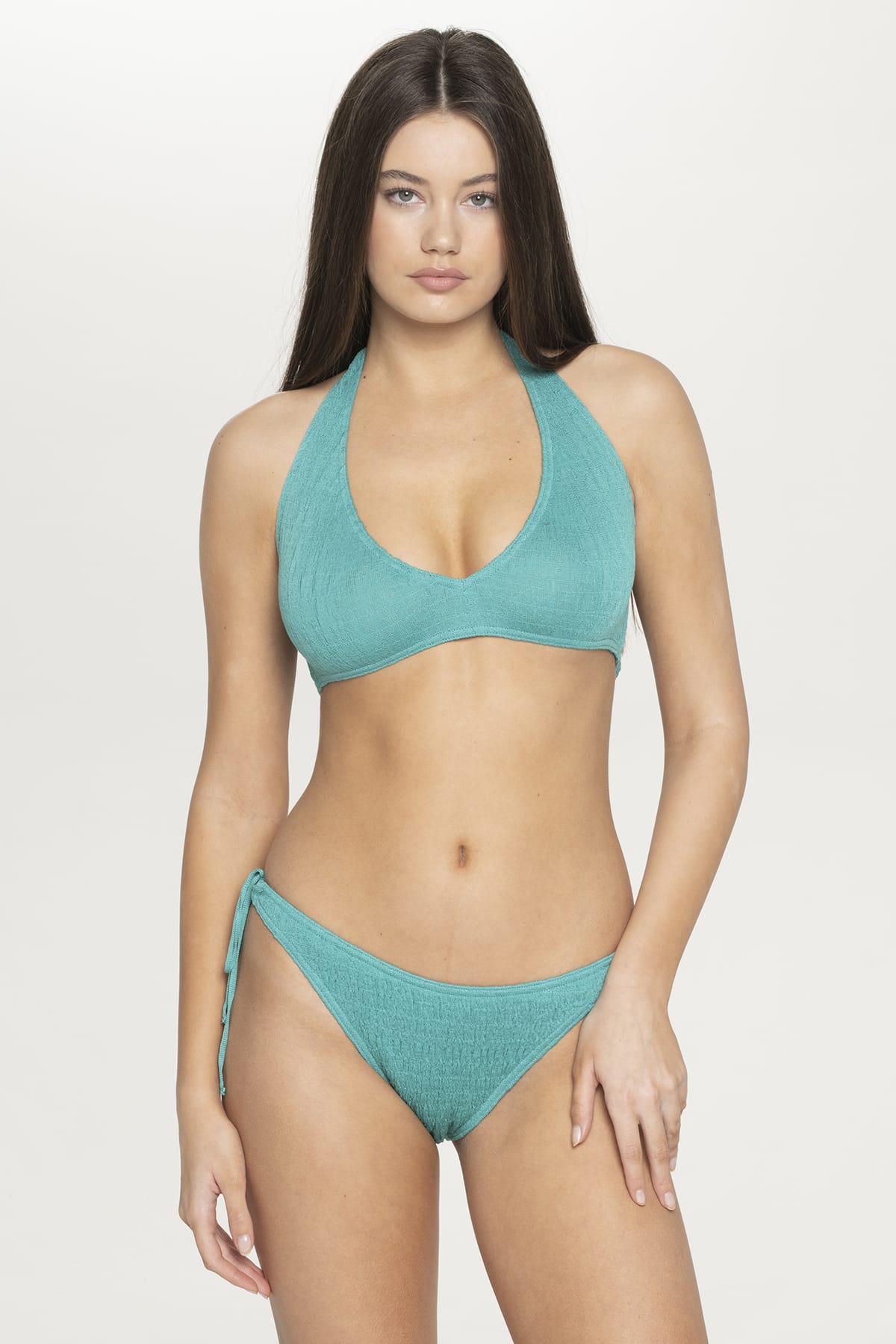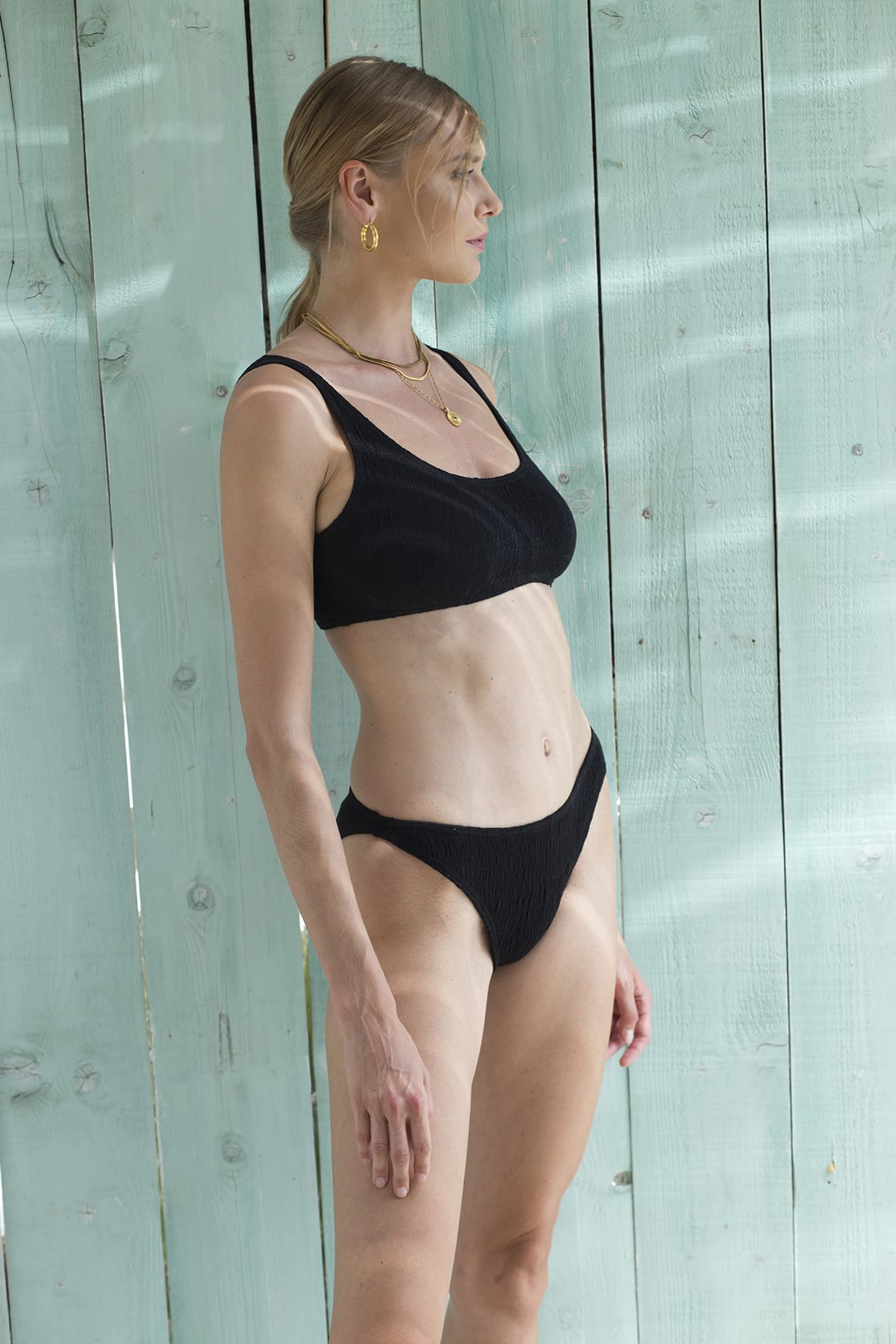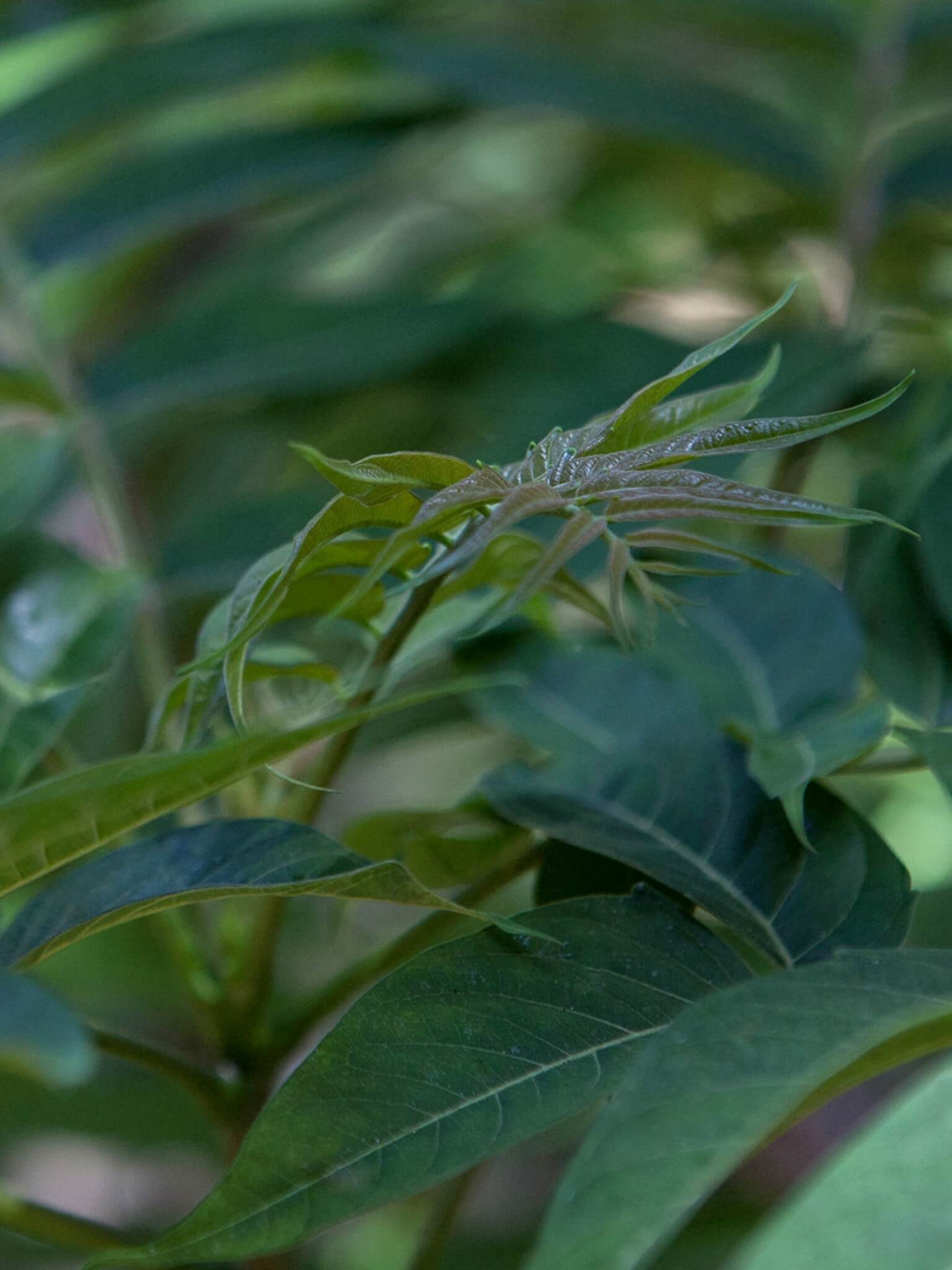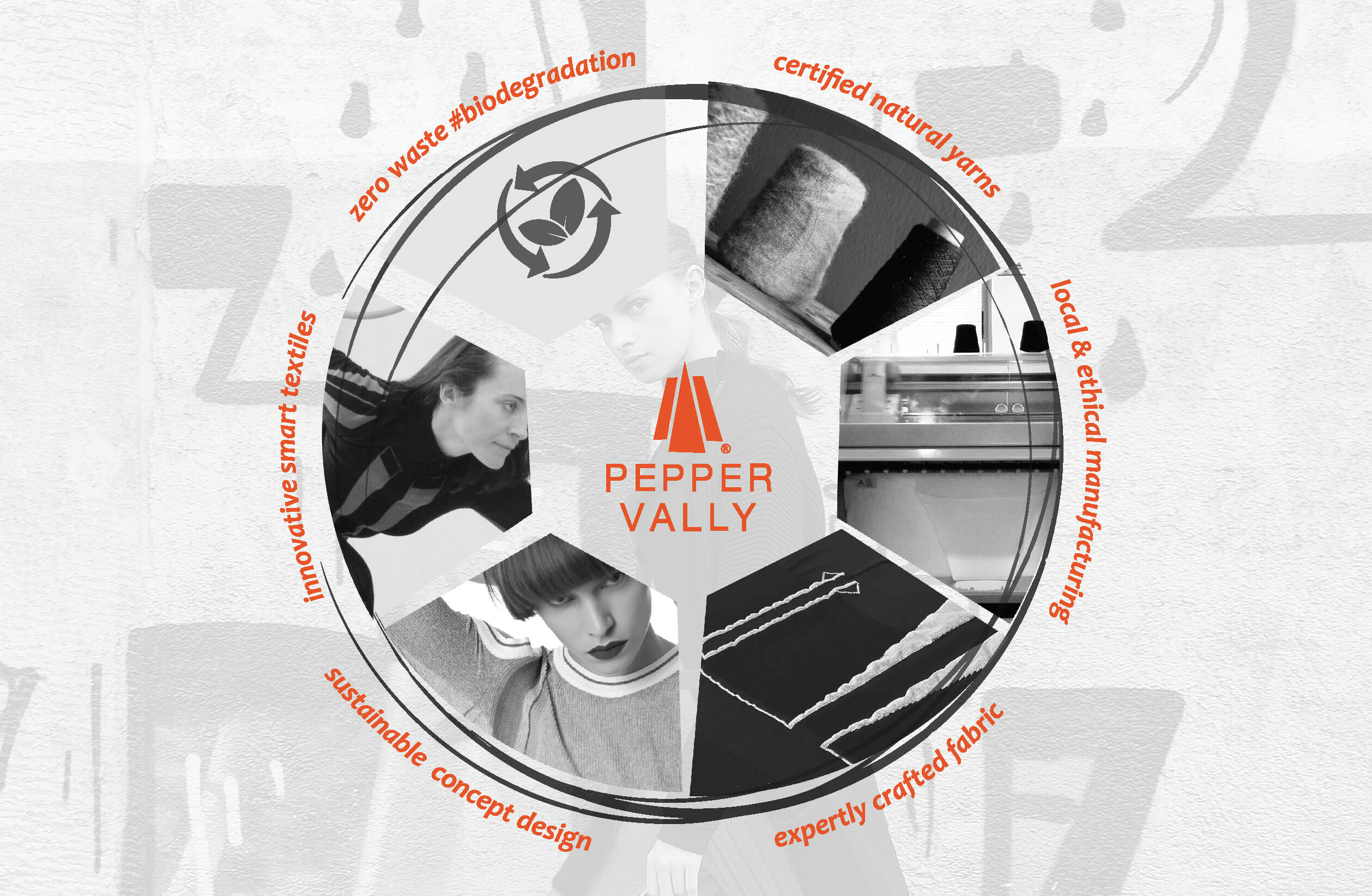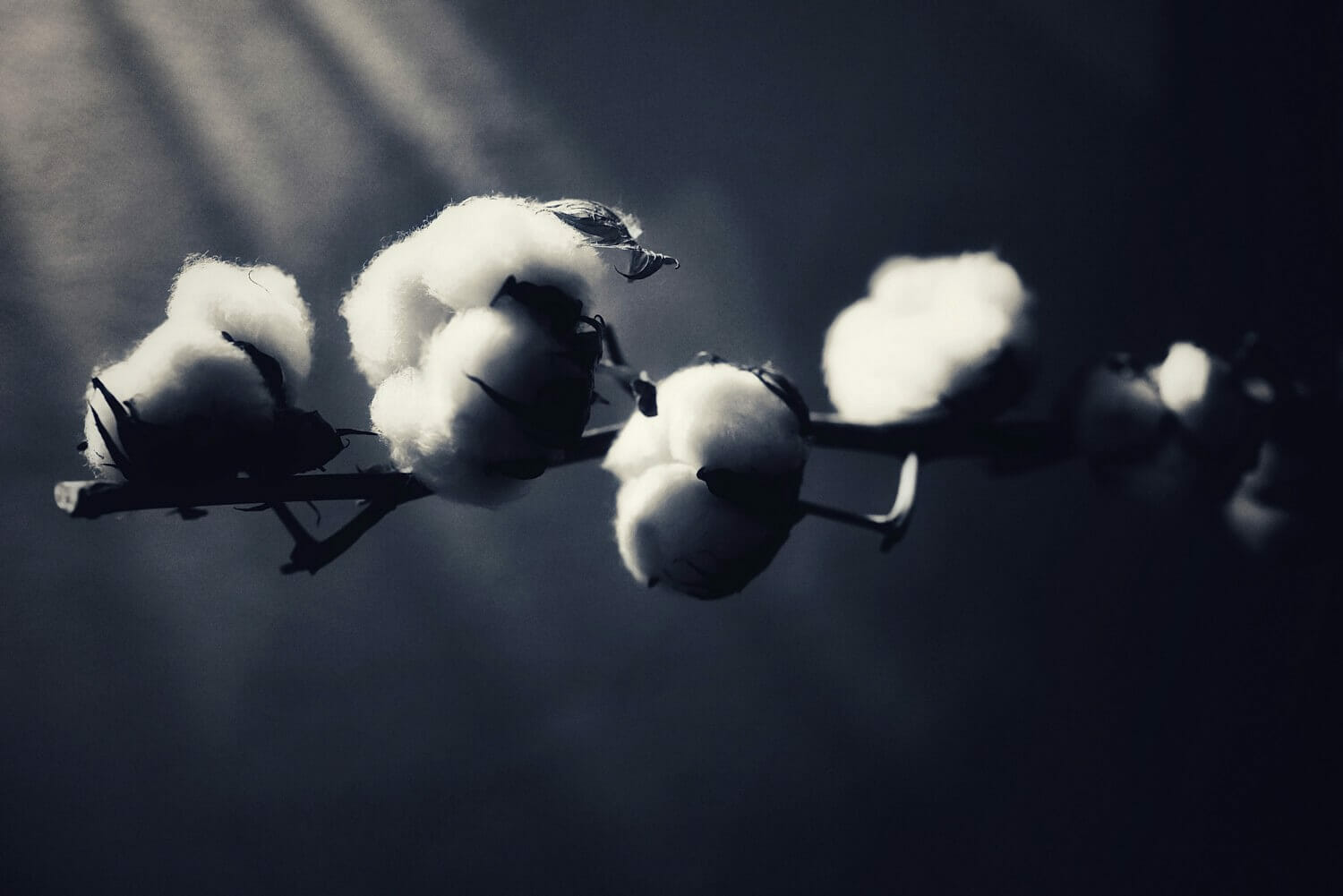
What is Cotton?
Cotton is a staple fabric in the fashion and textile industries. From the clothes you wear to the linens you sleep on, your closet is probably filled with cotton items. Cotton was harvested as early as the archaic history and its popularity continues today. Why is that?
A natural fiber, cotton is derived from cellulose that grows around the seeds of a cotton plant. The fabric woven from cotton yarn is soft, durable and breathable, which makes clothes feel cool against the skin. The quality of cotton depends on the length of individual fibers, or staples: the longer the staple, the better the fabric. High-quality cotton textiles are soft and resistant.
Cotton is also a renewable and eco-friendly resource that provides a livelihood to millions of people around the world. It grows in almost all tropical and subtropical regions, including the United States, Egypt, India, Pakistan, Uzbekistan, Brazil, and in smaller quantities in Greece.
The Three Main Types of Cotton
Pima Cotton
Pima is regarded as the finest type of cotton in the world. Its fibers are longer than those of conventional cotton, which results in a luxurious, smooth fabric that resists tearing, wrinkling, fading and pilling. Pima cotton is native to South America and the southwestern United States.
Egyptian Cotton
Egyptian cotton is similar to pima in terms of extra-long fibers, softness, and resistant qualities. The two even share the same scientific name, “gossypium barbadense”. What sets them apart is that Egyptian cotton is grown in the dry and hot Nile River Valley in Egypt.
Upland Cotton
Upland cotton has short fibers, which makes it cheaper than other cotton fabrics and suitable for everyday products. It makes up around 90% of the world’s total cotton production. Upland cotton is native to the Americas and grown in the US, Mexico, Central America, and the Caribbean.
Cotton vs. Organic Cotton: What’s the Difference?
The term organic refers to any type of cotton that is harvested in an environmentally-friendly way, that is without the use of chemicals (synthetic additives or pesticides) and from plants that are not genetically modified. Organic cotton is grown on farms that use natural fertilizers, which leads to healthier soil and fewer environmental impacts.
Organic cotton is hypoallergenic and less likely to cause skin irritations. Additionally, it has long fibres and can be weaved thinner, yielding softer, more comfortable and durable fabrics.
How to Recognize a High-Quality Cotton Fabric?
High-quality cotton should be soft to the touch, resistant to abrasion, and without signs of pilling. Otherwise, it was likely made with shorter fibers and will be less durable.
Hemp & Linen: Planet-Friendly Fabrics
Hemp is considered to be the most planet-friendly and sustainable of all-natural fabrics. It grows almost anywhere and therefore doesn’t need to be treated with harsh chemicals.
Recent advances in technology have improved the quality of hemp – the fabric can be as versatile as cotton. Hemp textiles are extra-durable and have thermodynamic qualities (will keep you warm in cool weather and cool when it’s hot). They are breathable, anti-bacterial, and won’t lose shape.
Linen is another natural fiber, produced with a low environmental impact. It comes from resilient stalks of the flax plant, which can grow even in a poor soil without fertilizers and additives.
The linen fabric is three times stronger than cotton, staying so after many washes. Because it’s highly absorbent and breathable, it keeps you cool on hot days. It also has natural insect-repellent qualities, making linen clothes a staple for spring and summer.
Despite their qualities, both hemp and linen present a number of challenges for the fashion industry. They are both prone to creasing, are not as soft as cotton, and have a higher price tag due to the costs associated with natural production.. Additionally, hemp is not color-fast.


